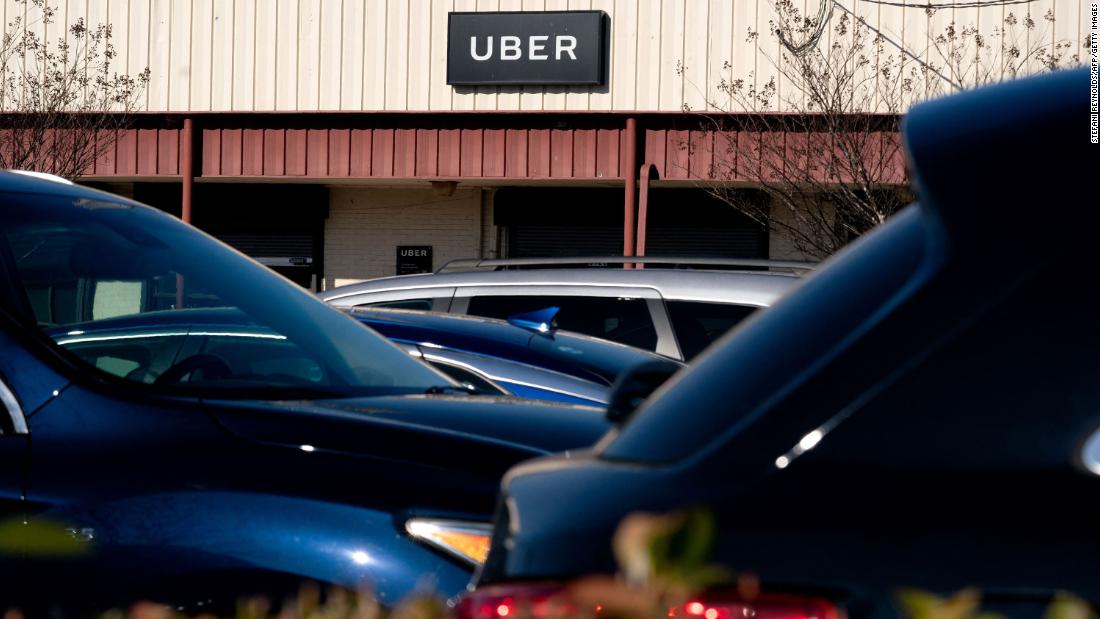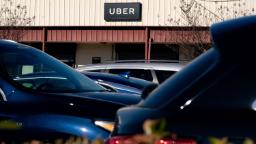

The number of consumers and drivers using its platform are “at all-time highs,” the company said in its quarterly earnings report. Uber recorded 122 million people using its platform each month, up 21% from the prior year.
Perhaps more stunning for a company with a history of substantial losses is that Uber said it had become cash flow positive, meaning it took in more money from its operations than it spent, excluding capital expenditures, which typically includes property and other physical assets. The company said it generated $382 million in free cash flow during the quarter.
Uber’s business offers a unique window into consumer trends more than two years into the pandemic which initially decimated demand for travel (hurting Uber’s Rides business) and accelerated adoption of online food delivery (helping its Eats business). During the previous quarter ending in March, the company reported that its Rides bookings had exceeded pre-pandemic levels and delivery bookings were up 12% year-over-year.
Uber CEO Dara Khosrowshahi said in a statement accompanying the results Tuesday that the company “delivered balanced growth” and did so “on a platform that’s larger than ever, with the number of consumers and earners using Uber now both at all-time highs.”
“No one wishes for a tough economic environment or elevated inflation that’s affecting so many of us, including Uber drivers,” Khosrowshahi added on a conference all with analysts Tuesday. But he said the economic environment has allowed Uber to show its strengths.
Shares of Uber jumped more than 15% in early trading Tuesday following the results.
Uber’s results come as much of the tech industry is turning to hiring freezes and layoffs in an effort to weather a financial downturn marked by soaring inflation, rising interest rates, fears of a looming recession as well as the fallout from war in Ukraine.
“When we look at the competitive environment, this is the strongest we felt competitively globally since Nelson and I probably started here,” Khosrowshahi said, referring to himself and the company’s CFO, Nelson Chai. Khosrowshahi has been at the helm of Uber since 2017.
In a striking departure from the growth-at-all-costs model Uber popularized years ago, Khosrowshahi also noted: “You can’t spend your way to glory in any business.”
Khosrowshahi said Uber has been able to “apply discipline” as it makes improvements to the platform to serve drivers better. That includes better onboarding to make it easier for workers to sign up and an easier way to toggle between driving and delivering. “Right now, the machine is working,” he said.
